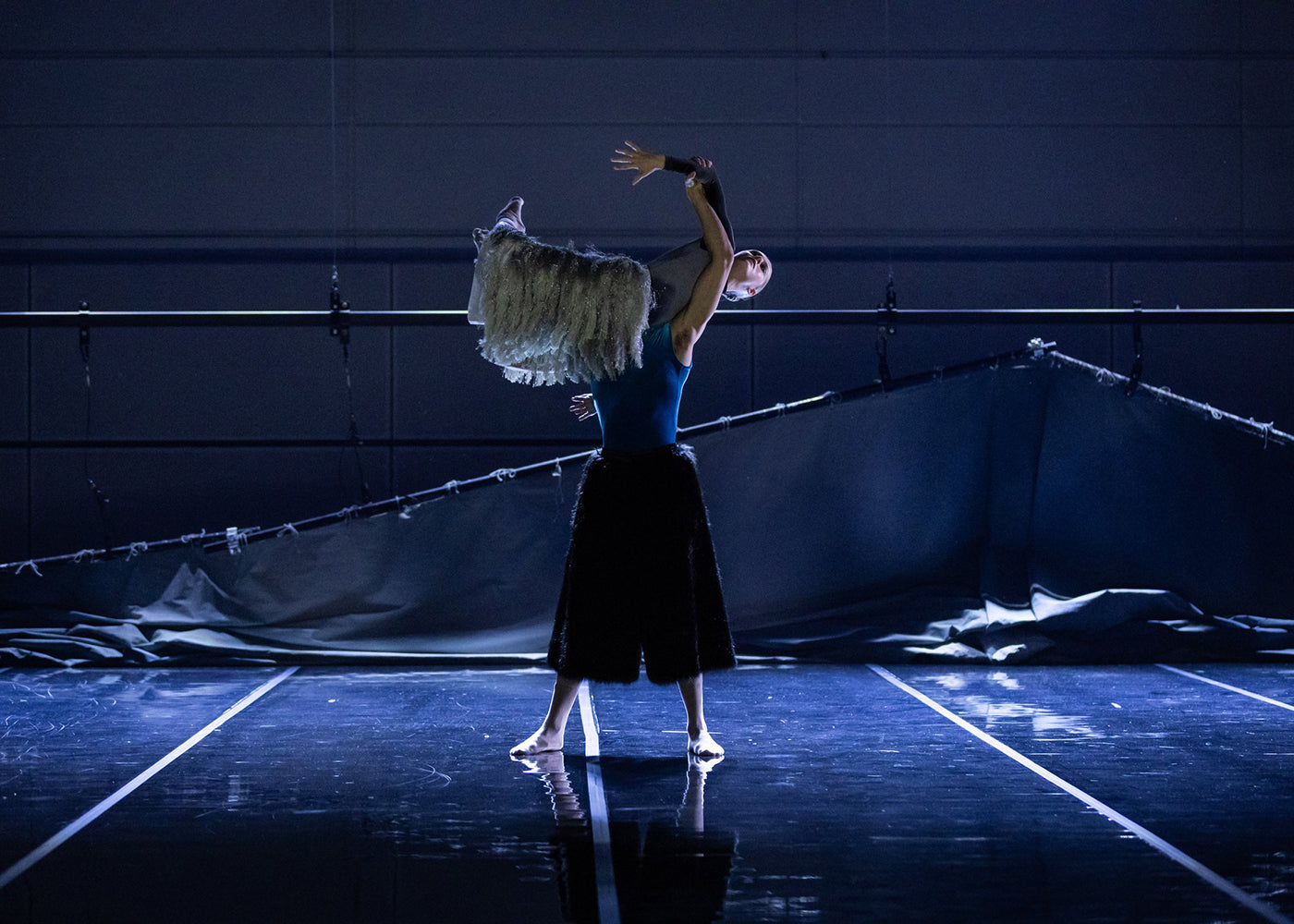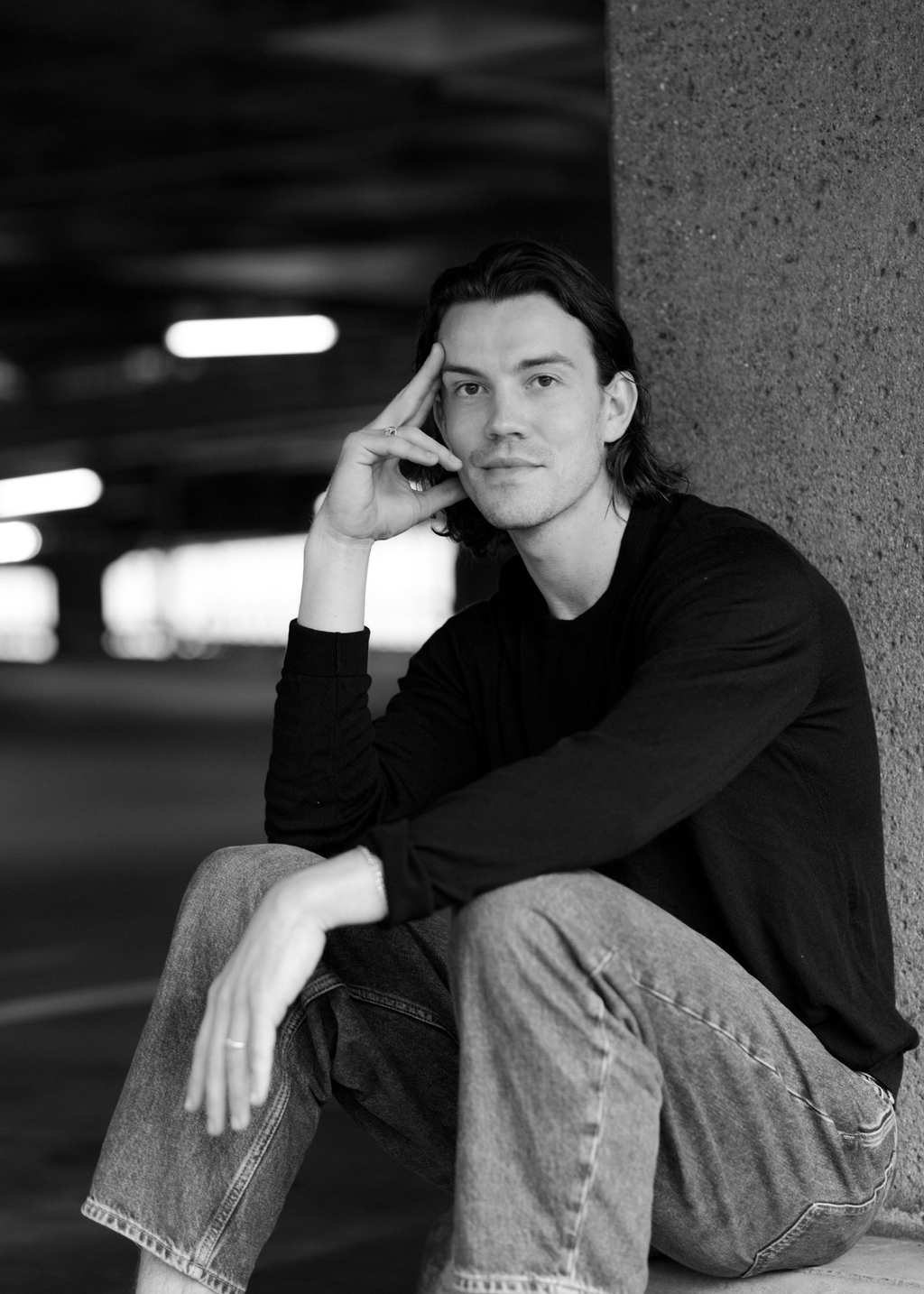Yes, I saw “Papillon” earlier this year, and it was incredible what you created with those young artists. How was it working exclusively with the company’s apprentices?
I do like working with younger dancers because they have no preconceptions of themselves or the process. They have an innate hunger but not in a way that’s immature; they’re not pushing [themselves] because they’re working for a choreographer in a company setting, there is just a genuine interest in finding something new. We made “Papillon” in the first four weeks of them being young artists in the company, and I was asking them to do different things and realised that “oh my god, there are some superstars in here.” Quite a number of them could just [adapt] to my proclivities in terms of rhythm and style and hold themselves in that space with an amazing level of maturity.
And what was that devising process like for you? Did you rely on improvisation to begin those conversations with the dancers?
I actually rarely use improvisation itself and am pretty structured with task setting. We also have a different understanding in relation to improvisation as contemporary dancers [compared to] ballet dancers. For the pressure cooker [that is a classical company], you have to go from nothing to a product in such a short amount of time, and I’m too specific to go and just improvise something. I care about what that [specific] thing is and have been working a lot with rhythm, numbers, and texts as generators recently. Which by no means breaks any boundaries, but I’m just able to bring up a lot of content quite quickly.
Especially in a contemporary dance setting, a lot of the time, there’s this heavy reliance on us as artists to create the show. Sometimes there is this feeling that “I’ve got to encapsulate the whole concept about the weight of the world in this solo or this movement”, and for me now, it’s not about that. It’s about zooming out and concentrating on everything that surrounds that movement. I’m interested in seeing a Rubik's cube in a body—just encouraging [the dancers] to lean into the throwaway nature of creation and give me moves on moves on moves to see where it lands.
When thinking about your collaborative process, then, on a more macro level, how does your work with different composers factor in?
For “Papillon” I worked with Louis [Frere-Harvey], and we have a really nice working relationship. He loves being in the studio with people, and it almost adds this extra layer of texture to the piece. His scope of talent is amazing, and I get so much creative feedback that way as opposed to just responding to a piece of music that I’ve found. Other composers work more in the periphery; it just depends on the person.
For “Aftermath,” I worked with Danny Harley from the Kite String Tangle. We had six shows and this absolutely banger crowd because half of them were there to see Danny or had this preconceived idea of seeing Danny from Kite String Tangle. He made such a departure from what people understood him for, and made this dirty, juicy, Berlin-basement score with some beautiful moments. The show was also built for the Powerhouse Theatre which meant that the sub[woofers] were under the seats so it felt like the sound was engulfing you.












comments